Thin compacted lawn, poa annua, bare patches
Max Fischer
6 years ago
Related Stories

GARDENING GUIDESHow to Fix Bare and Yellow Lawn Spots
Restore your turf’s good looks by reseeding unsightly patches
Full Story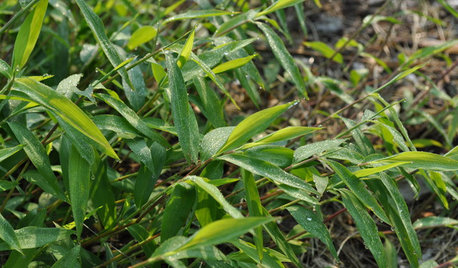
GARDENING GUIDESThe Essential Weed Hit List
Learn how to recognize and control 5 weedy plants that have achieved invasive status throughout the U.S.
Full Story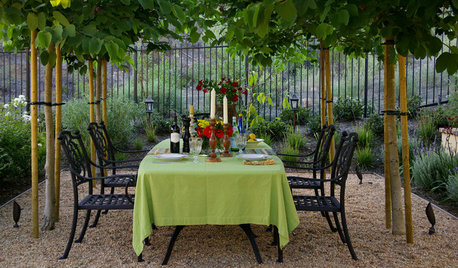
LANDSCAPE DESIGNEnjoy the Romance of Dining in a Classic Gravel Garden
Here’s what to consider when it comes to installing, styling and maintaining a DIY-friendly gravel patio
Full Story
EDIBLE GARDENSNatural Ways to Get Rid of Weeds in Your Garden
Use these techniques to help prevent the spread of weeds and to learn about your soil
Full Story
GREAT HOME PROJECTSHow to Give Your Driveway and Front Walk More Curb Appeal
Prevent injuries and tire damage while making a great first impression by replacing or repairing front paths
Full Story
MOST POPULAR33 Magic Household Cleaning Tips
Houzzers from around the world share their tips for transforming housework into child’s play
Full Story
GARDENING GUIDES20 Favorite Flowers for Butterflies and Bouquets
Discover perennials and annuals that do double duty as butterfly magnets and versatile cut flowers
Full StorySponsored
Leading Interior Designers in Columbus, Ohio & Ponte Vedra, Florida
More Discussions








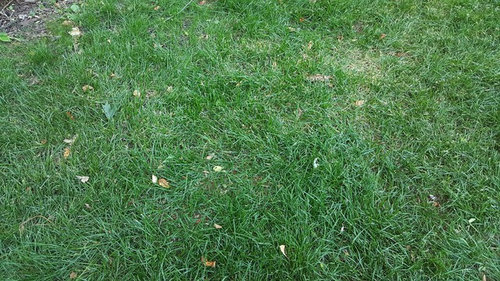
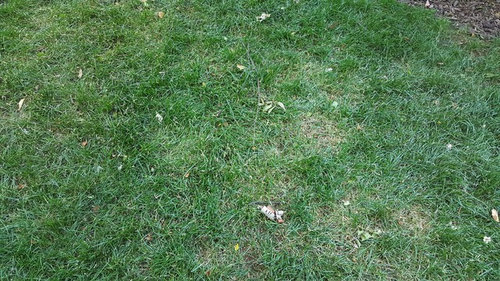

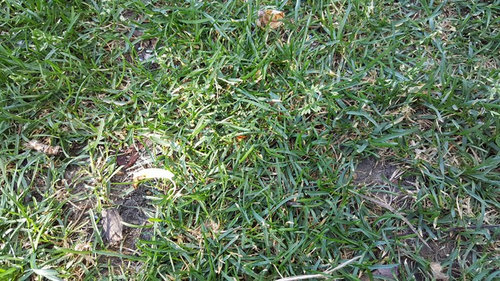
User
Max FischerOriginal Author
Related Professionals
Derry Landscape Architects & Landscape Designers · Folsom Landscape Architects & Landscape Designers · Taylorsville Landscape Architects & Landscape Designers · Chattanooga Landscape Contractors · Dudley Landscape Contractors · Fort Worth Landscape Contractors · Holland Landscape Contractors · Paterson Landscape Contractors · The Woodlands Landscape Contractors · Vacaville Landscape Contractors · Winter Gardens Landscape Contractors · Forest Hill Landscape Contractors · Lake Forest Swimming Pool Builders · Rancho Cordova Swimming Pool Builders · Rowlett Swimming Pool BuildersUser
mishmosh